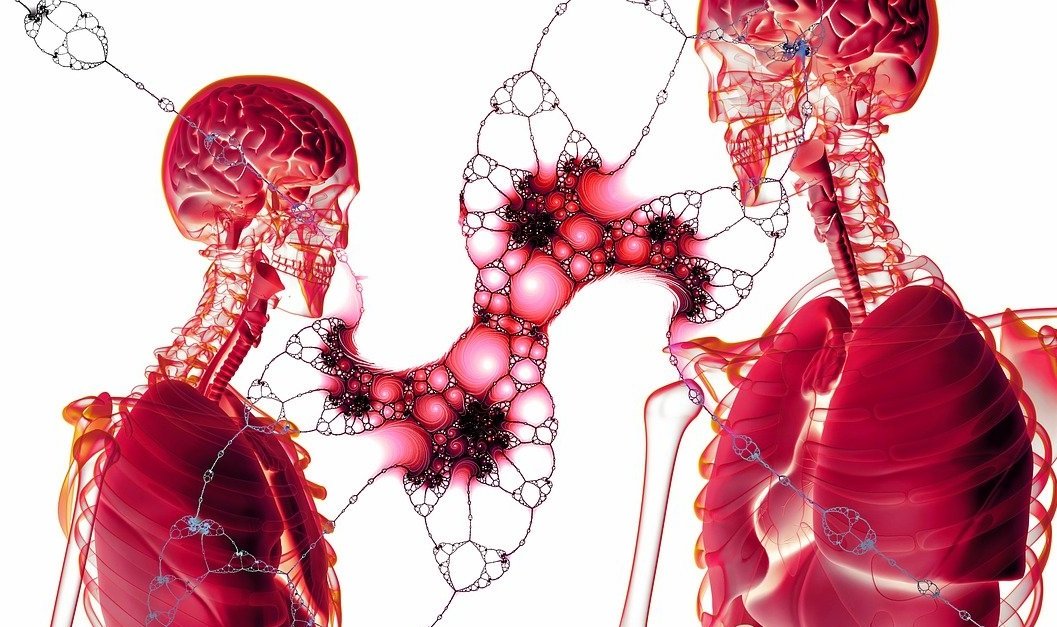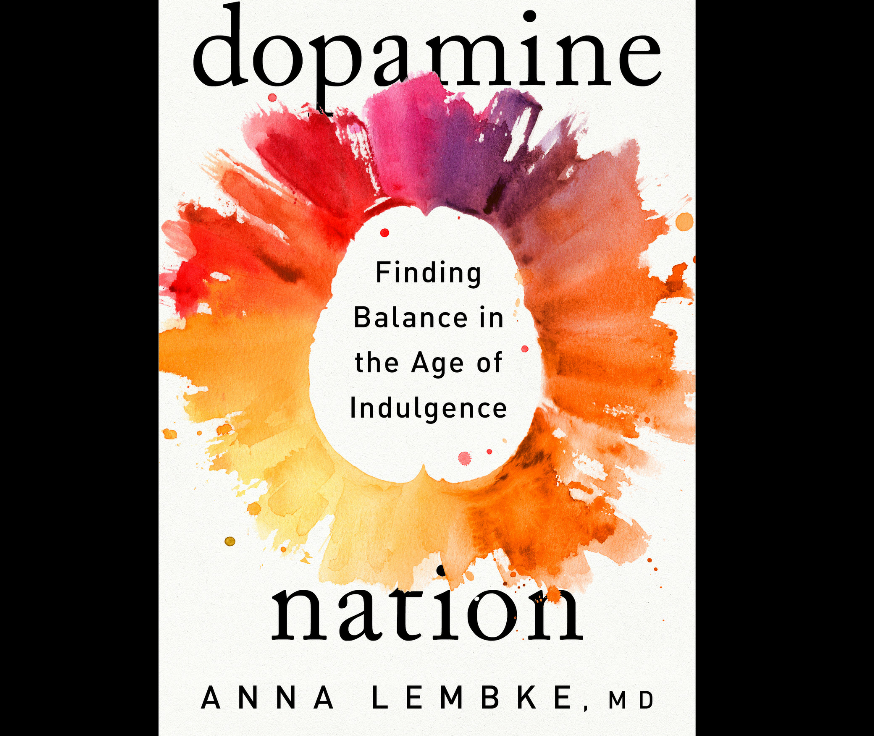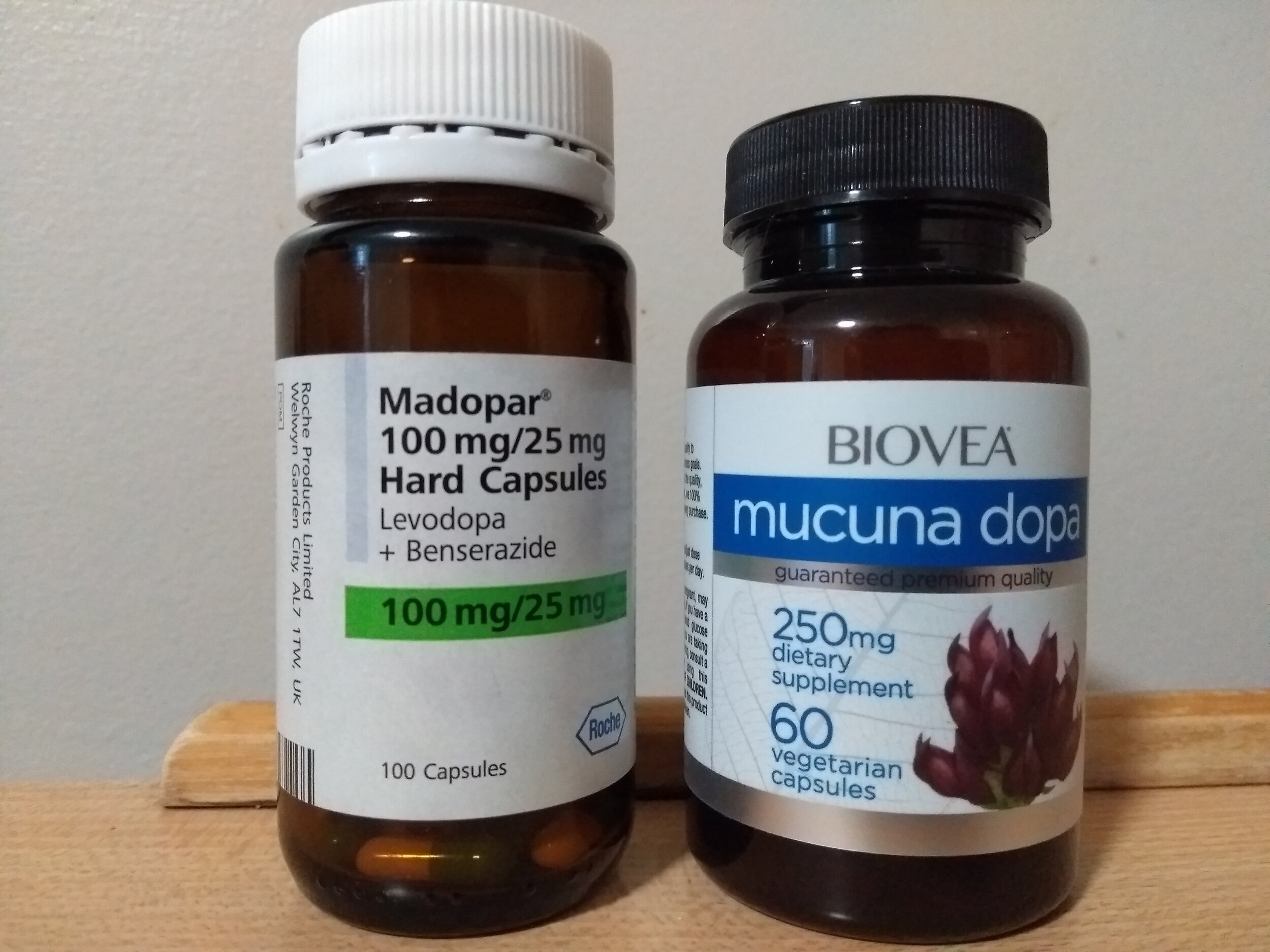In Part 1, we looked at how the MAO enzyme breaks down Dopamine in the brain and body, via what we termed the “MAO pathway”. In this part, we consider another pathway by which Dopamine is broken down, via another enzyme called Catechol-O-methyltransferase (COMT).
Read MoreDopamine Breakdown and Parkinson's Disease: Part 1
In this follow up article, we will explore the various ways by which dopamine is chemically broken down, degraded, or metabolized. In doing so, we will provide yet another, more hopeful, story, that the reversible problem may be more to do with the breakdown of dopamine occurring too fast after it has been synthesized, rather than cells dying.
Read MoreAcetylcholine, Dopamine and Parkinson's Disease
In reality, the interactions between very many different neurotransmitters is super strong. It is not just the lack of one chemical that causes the problems in many cases, but actually it is the resulting lack of balance with other chemicals.
Read MoreThe Endocannabinoid System and Parkinson's Disease
The Endocannabinoid System (eCBS) runs throughout our bodies and brains, and, as we will see, seems to have many of the functions we currently ascribe to the Autonomic Nervous System and the Vagus Nerve, or at least is a parallel system for these functions. This includes having a vital role in regulating stress and dopamine, indicating this system is likely to be highly relevant to Parkinson’s Disease.
Read MoreMotivation, Pleasure, Pain and Parkinson's Disease
The activation of the habenula inhibits or deactivates the dopamine neurons in the substantia nigra and ventral tegmental area, and, conversely excites or activates them when it is deactivated. This has profound implications for PD, as this points to the possibility that it is not cell death which causes the issues in PD, but chronic activation of the habenula permanently switching off the cells in the substantia nigra from producing dopamine. This is a more hopeful hypothesis, as it means the cells are just dormant, not dead. If we can figure out how to deactivate the habenula, this could provide significant symptom reduction.
Read MoreDopamine Cell Receptors and Parkinson's Disease
Cell receptor population dynamics therefore may play a primary role in environmental interactions (nurture) and can profoundly affect biology (nature), and may be the mechanism through which history gets written into the body, such as affects of childhood trauma in later life. Cell receptor population dynamics also provide strong and significant neuroplasticity without the need for new neurons or new synaptic connections/wirings per se, by profoundly affecting the functions and sensitivities of the existing neurons themselves.
Read MoreDopamine and Parkinson's Disease
The Huberman Lab podcast is a lecture series by Prof. Andrew Huberman, professor of neurobiology and ophthalmology at Stanford School of Medicine, on practical and free tools for optimizing health based on the very latest neuroscience and human biology research. This podcast contains vital, actionable, and need-to-know information for people with Parkinson’s Disease, in particular of the latest pragmatic research into dopamine biochemistry. Dopamine is the major neuromodulator which is most problematic in PD, and the target for the mainstay medical interventions. So here I’ve extracted from the podcast episodes the timestamps of everything Prof. Huberman has to teach us on the subject of how to optimize our dopamine biochemistry. The format is the episode title, in order of release, followed by the corresponding timestamp links and descriptions whenever dopamine is referred to.
Read MoreThe Eyes and Parkinson's Disease
Motivated by the launch of the Eye Guide MC wearable device for Parkinson’s Disease, I have updated this article, originally published September 2017, with some more information about the role of dopamine in the eye, and also about the emerging field of Neuro-optometrics.
Read MoreNoradrenaline, Adrenaline, Dopamine and Parkinson's Disease
Dopamine itself is a building block of other neurotransmitters and hormones. Indeed, the reaction pathways can proceed further as:
DOPAMINE -> NORADRENALINE (made in the body brain from Dopamine) -> ADRENALINE (made in the body and brain from Noradrenaline).
Read MoreThe Overlaps Between Allergic Reactions and Parkinson's Disease
Taking these ideas forward, I went on to research the linkages between histamine and dopamine, and thus began to form a picture, with the logical conclusions that allergic/inflammatory reactions and Parkinson's Disease are, indeed, very strongly linked. Here's what I uncovered.
Read More








